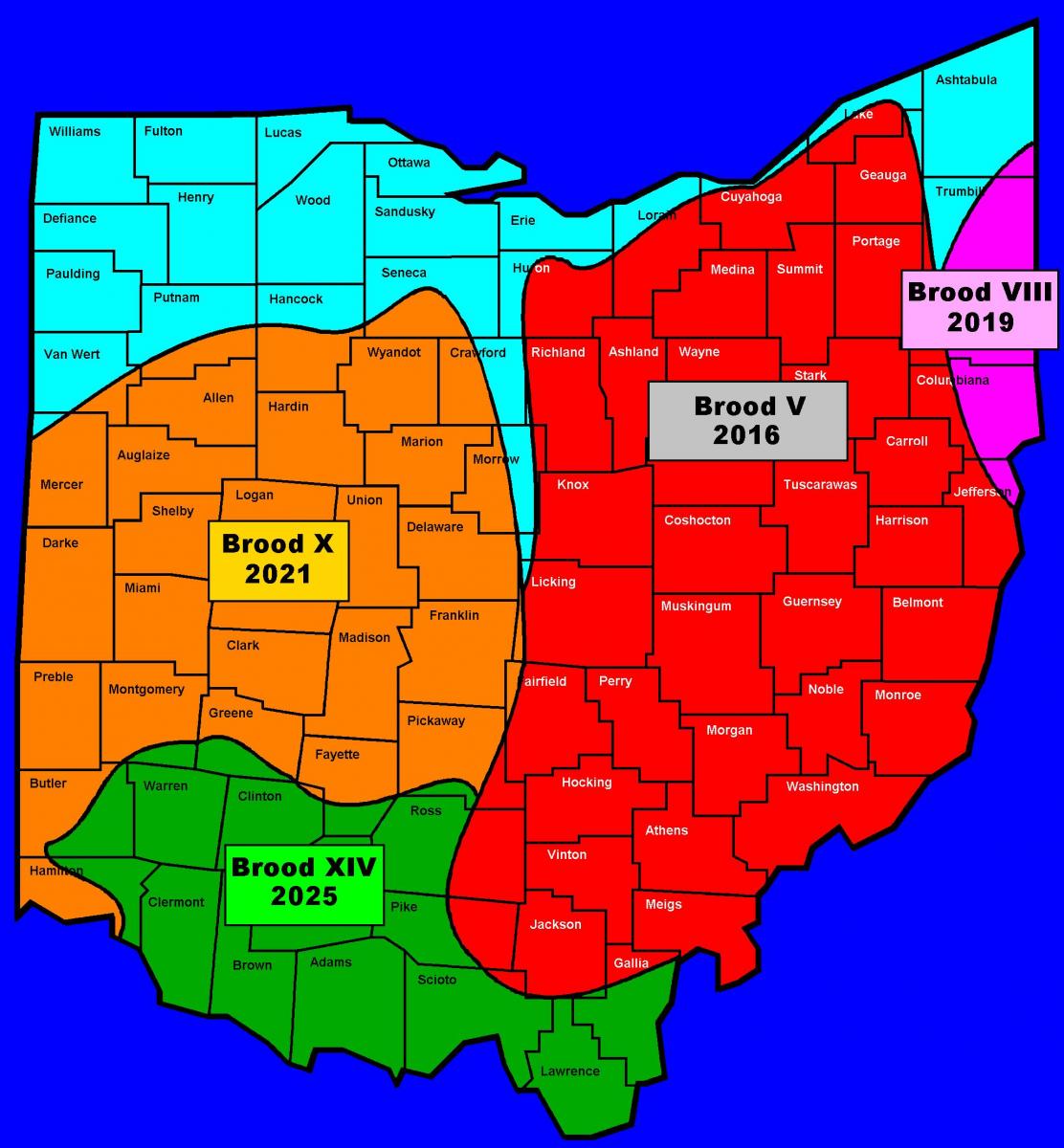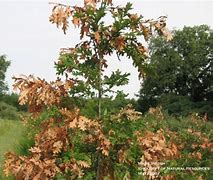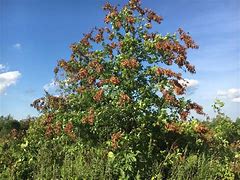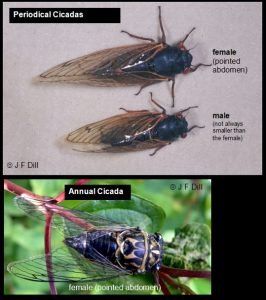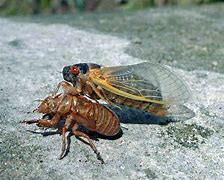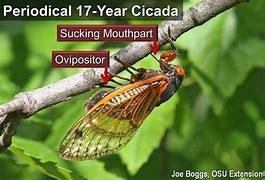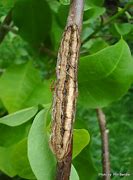Periodical Cicadas
Spring of 2021 will see the re-emergence of periodical cicada Brood X in Delaware, Georgia, Illinois, Kentucky, Maryland, Michigan, New Jersey, New York, North Carolina, Pennsylvania, Tennessee, Virginia and West Virginia and Ohio. This Brood is a 17year cicada, with the last hatch being in 2004.
Cicadas develop underground and then emerge from the soil to reproduce. Periodical cicadas have 13- or 17-year life cycles. The various Broods consist of several cicada species. Periodical cicadas differ from related annual (dog-day) cicadas, which emerge yearly in lower numbers.
Cicadas are classified as members of the insect taxonomic group Hemiptera and includes those with piercing-sucking mouth parts, such as with leafhoppers, spittle bugs and lanternflies.
Once emerged from their subterranean galleries, cicadas climb trees, other vegetation, and human-made structures and objects. Following the loss of the last skin as nymphs, adults expand their wings and acoustic (tymbal) organs, which are drum-like structures, become functional, followed by exoskeleton hardening. Males congregate, following post-maturity flight, and begin their boisterous chorus to attract mates.
Other than being noisy, cicadas can cause noticeable injury to trees. They do feed on xylem tissues, but the bigger concern is with egg deposition. Female cicadas have an egg-laying appendage called an ovipositor, which is used to make slits in tree stems for fertilized egg deposition. This wounding causes affected branches to wilt and die beyond the wounds, termed “flagging”, when branch tips visibly droop. Dead terminals may drop from the trees, quickly or over time. Trees with damaged branches may partially compartmentalize ovipositor injuries. Those that fail to close or do so incompletely can subsequently fail.
The health of mature trees is generally not compromised by cicada damage. Of greatest concern is newly installed trees and fruit-orchard trees.
Many factors are believed to play a role in hatch timing, including day length and soil temperature. Periodical cicadas can be spotty in local distribution. Some areas may be overwhelmed, while others just a short distance away can have few to none. Many types of trees are utilized as hosts.
Natural cicada mortality can be high from various predators and abiotic factors, such as agriculture, development, and other land use changes.
Control measures are limited, with netting being the most effective, although only practical on small trees.
One certainty is that in areas with heavy emergence the sound will be cacophonous this spring.

